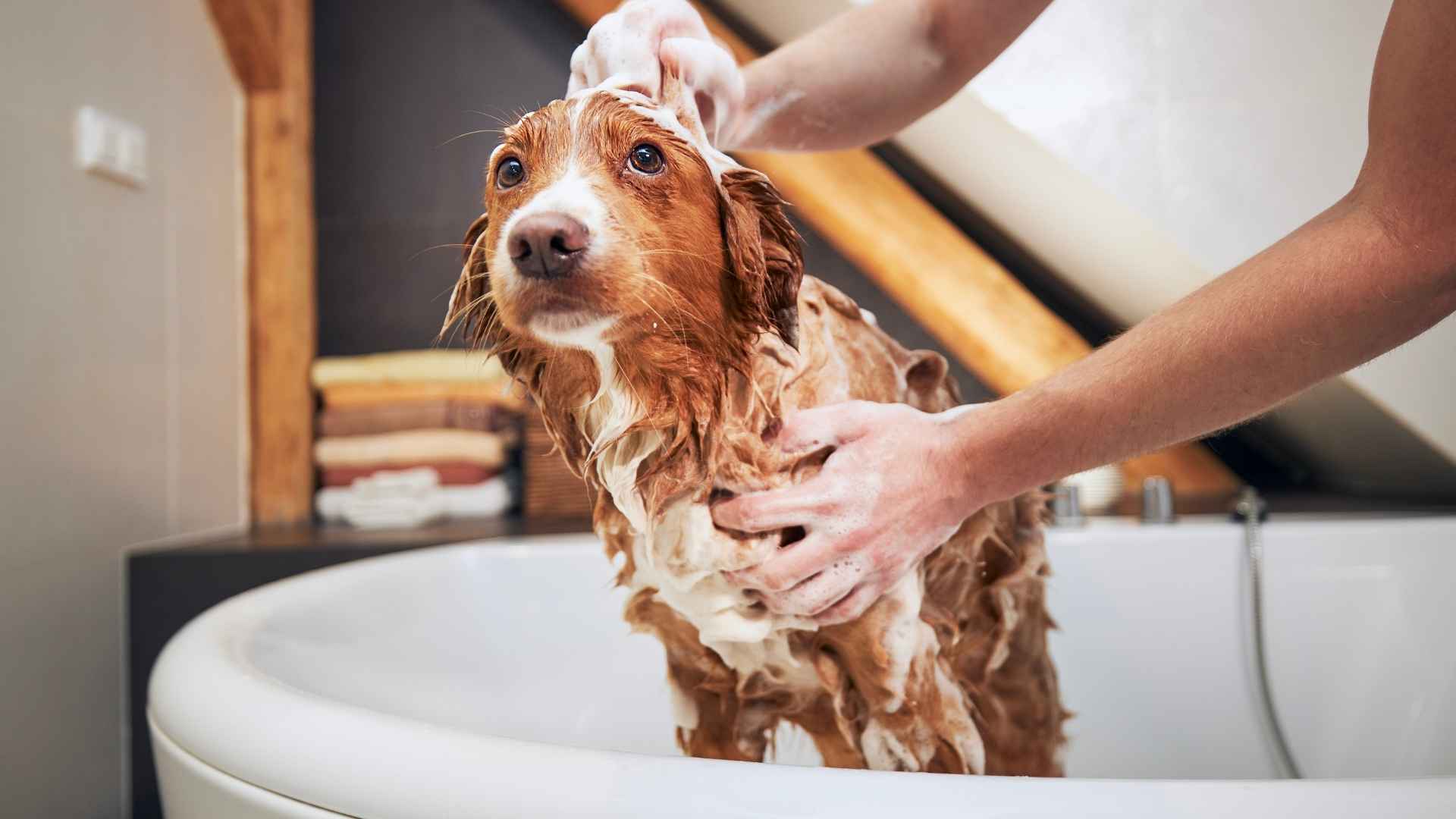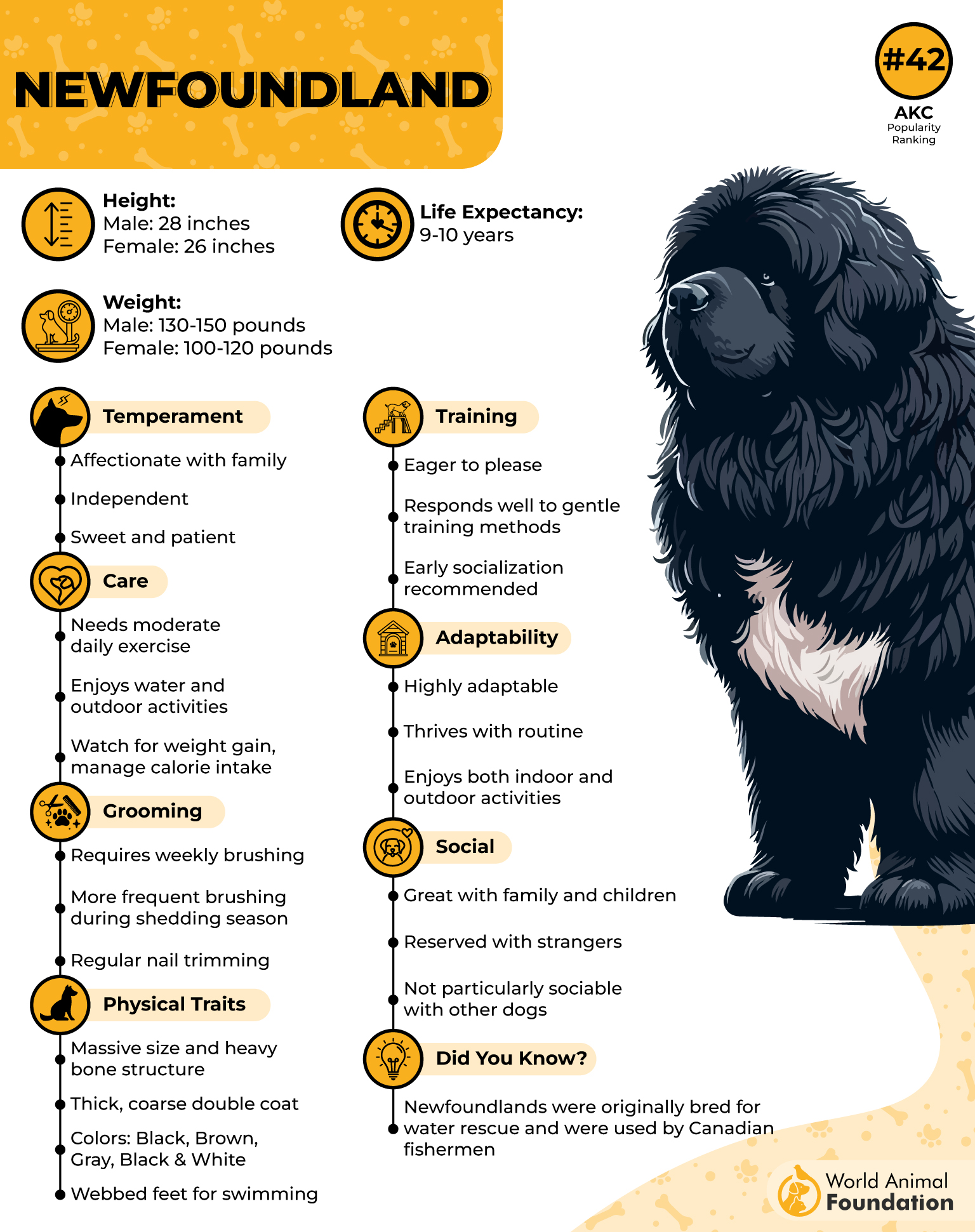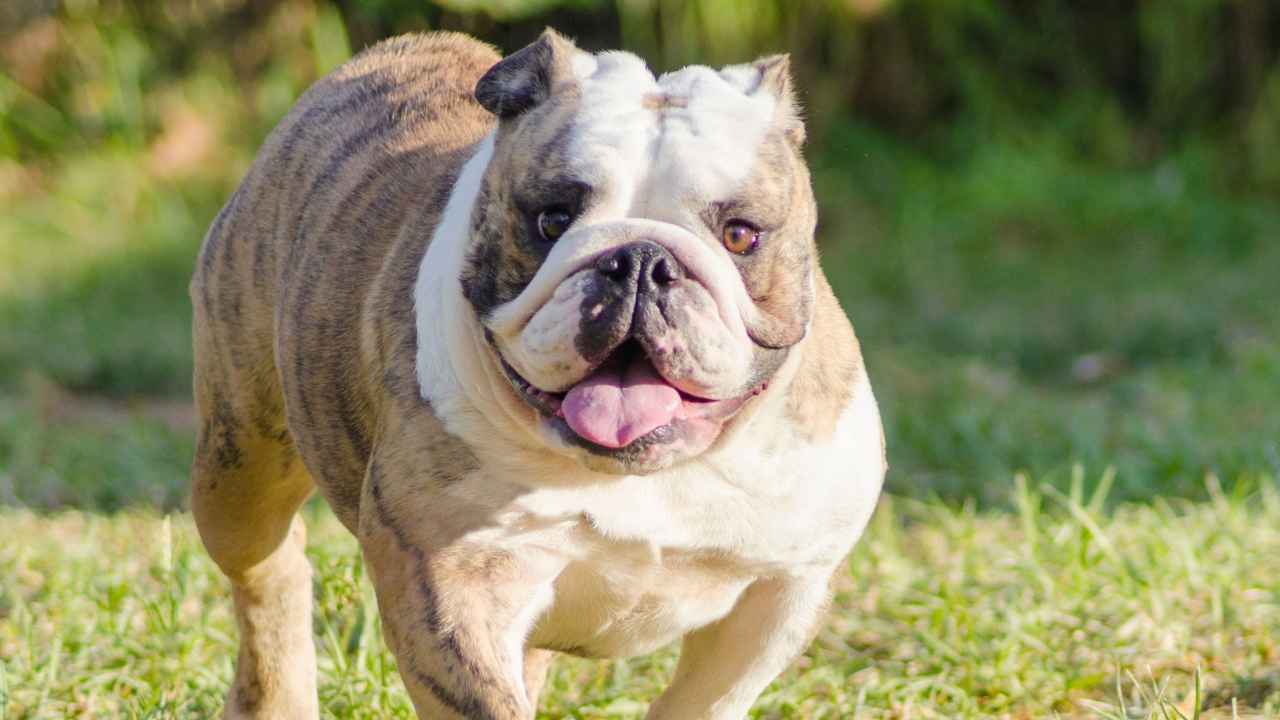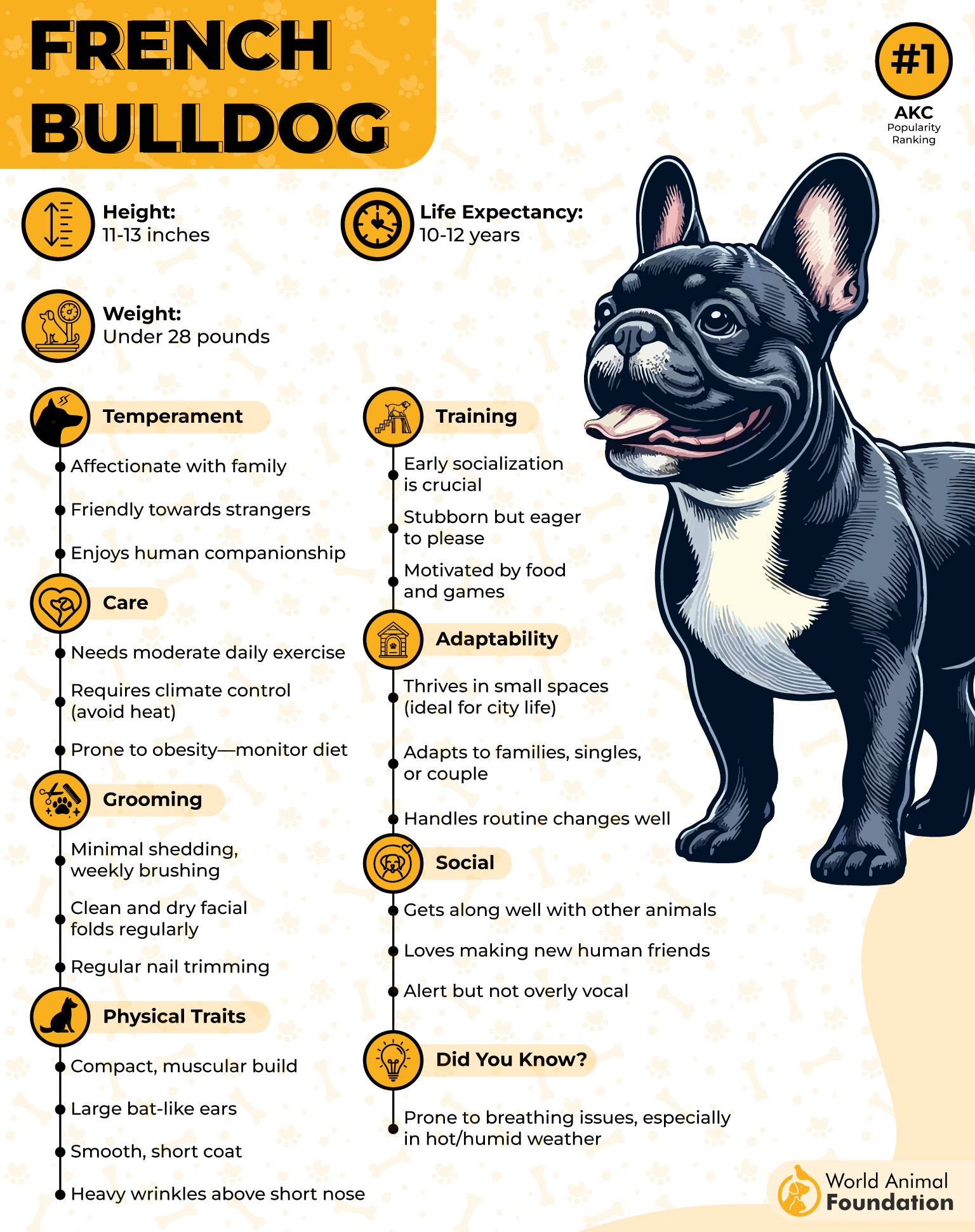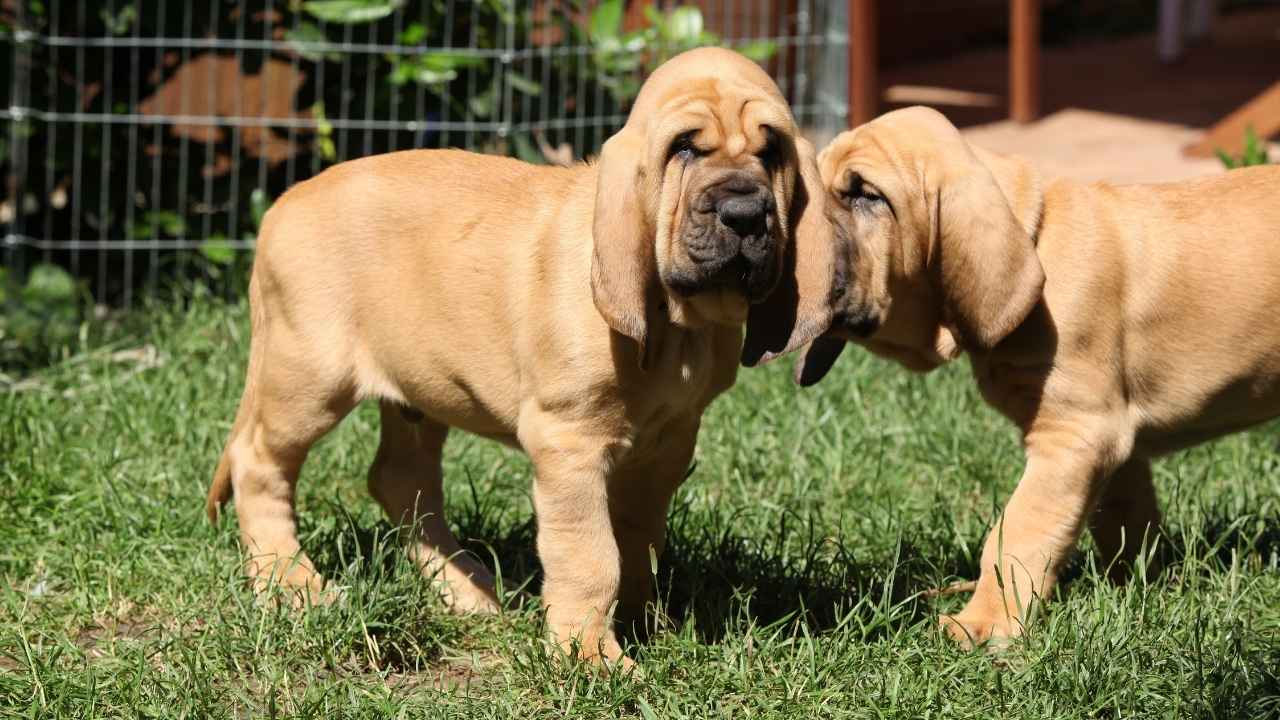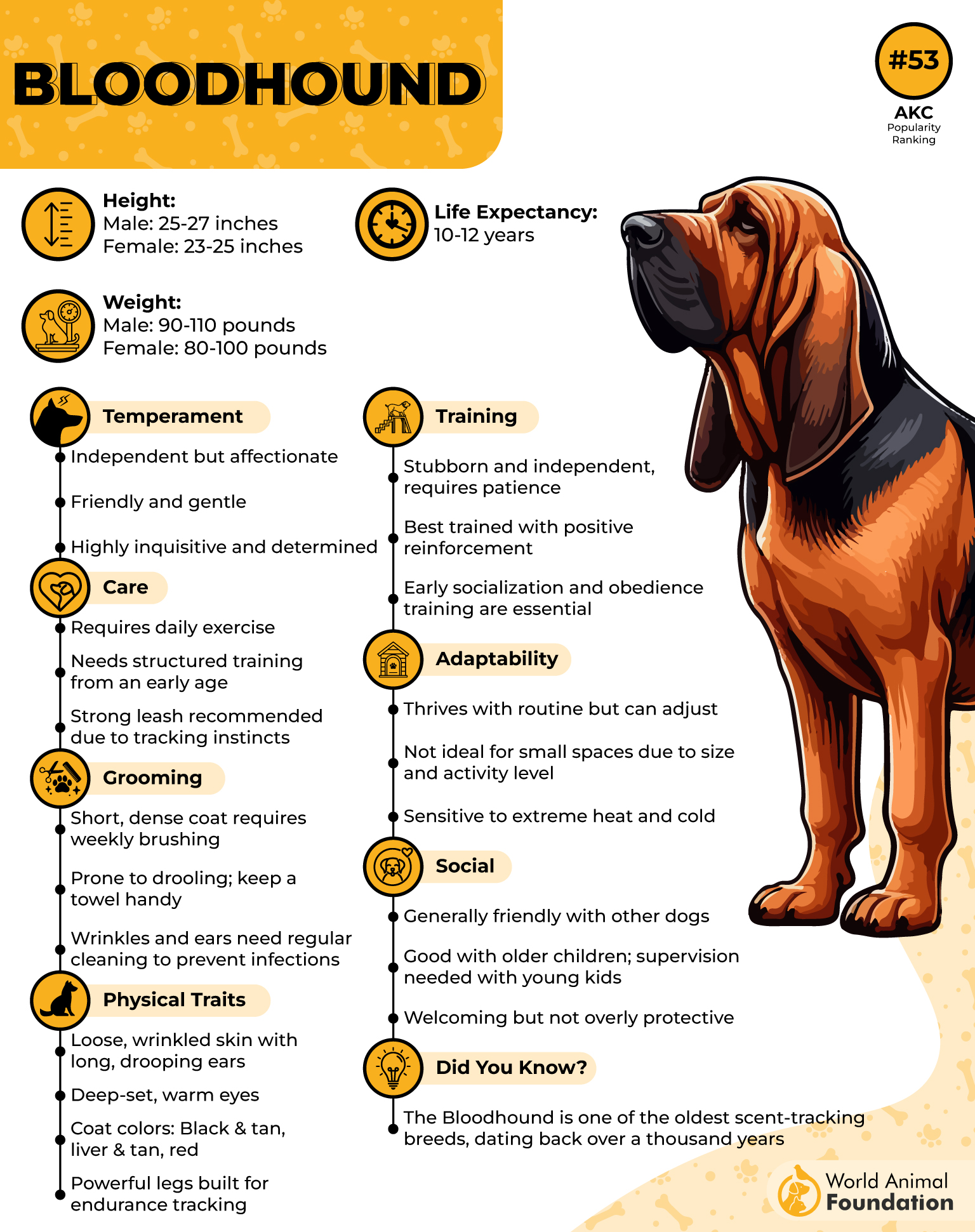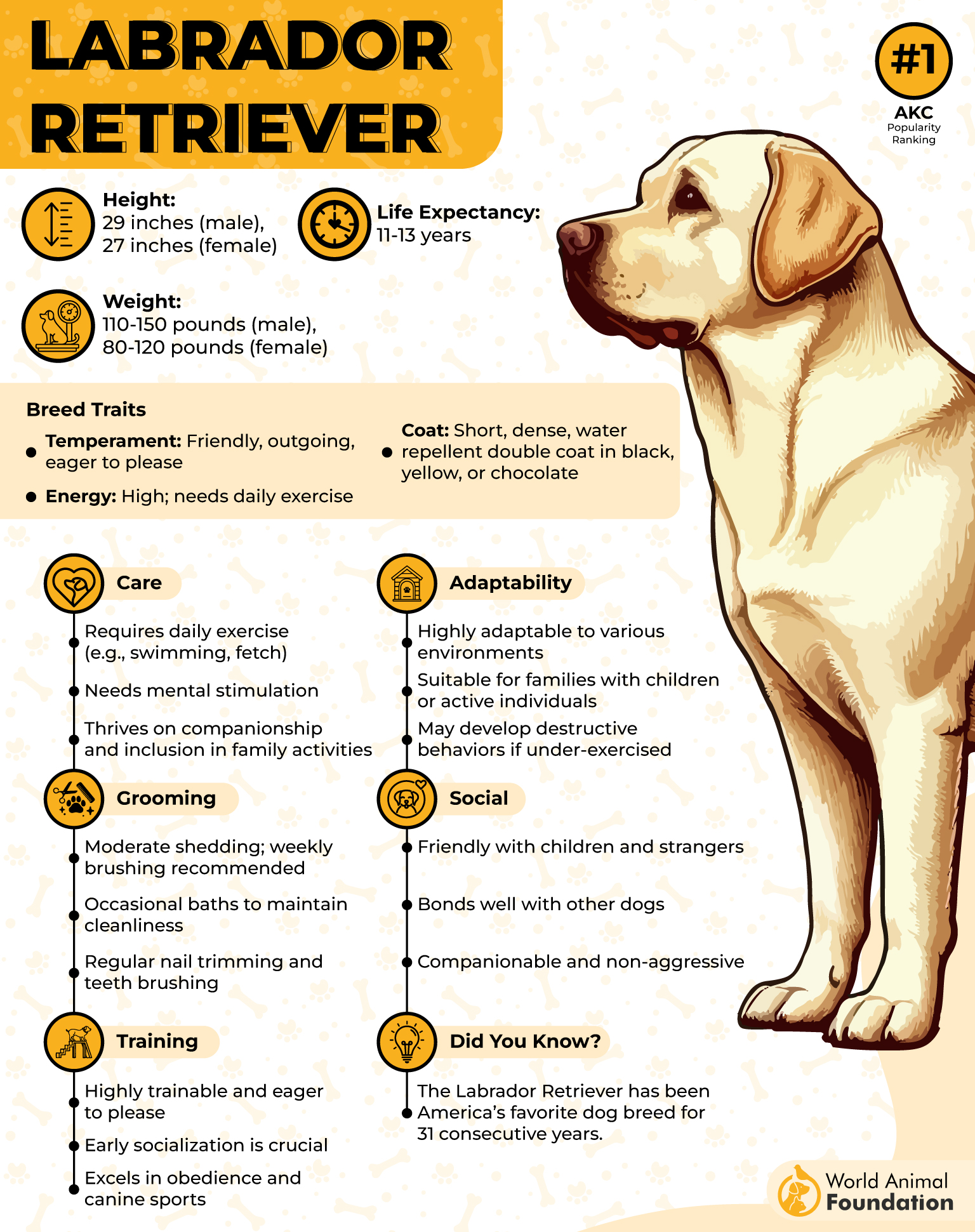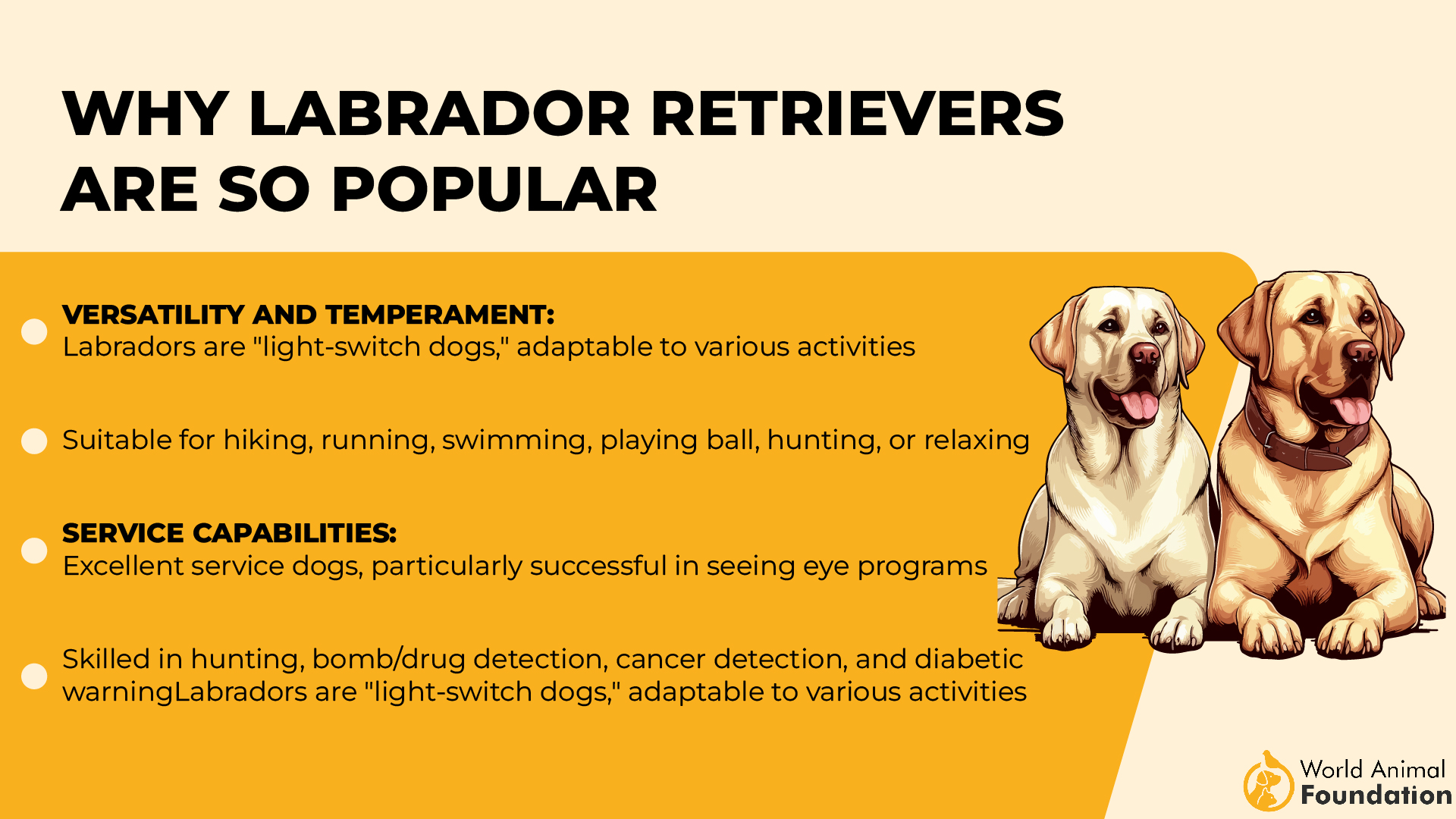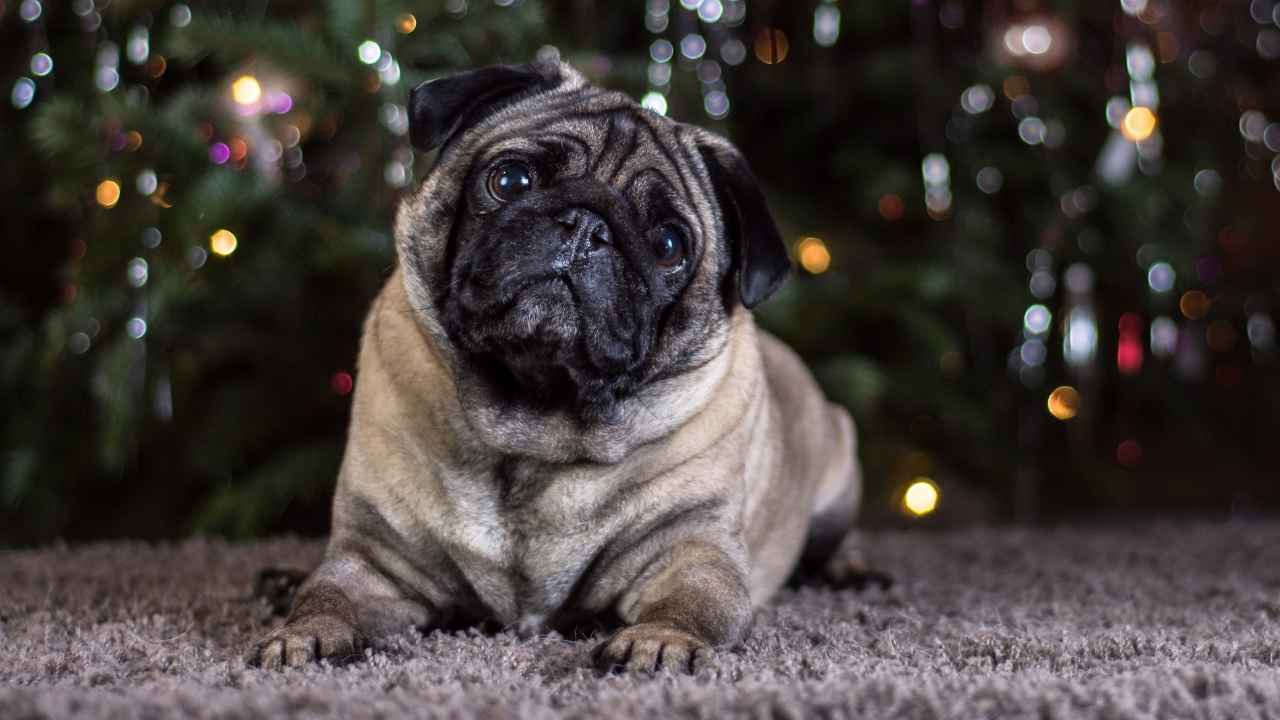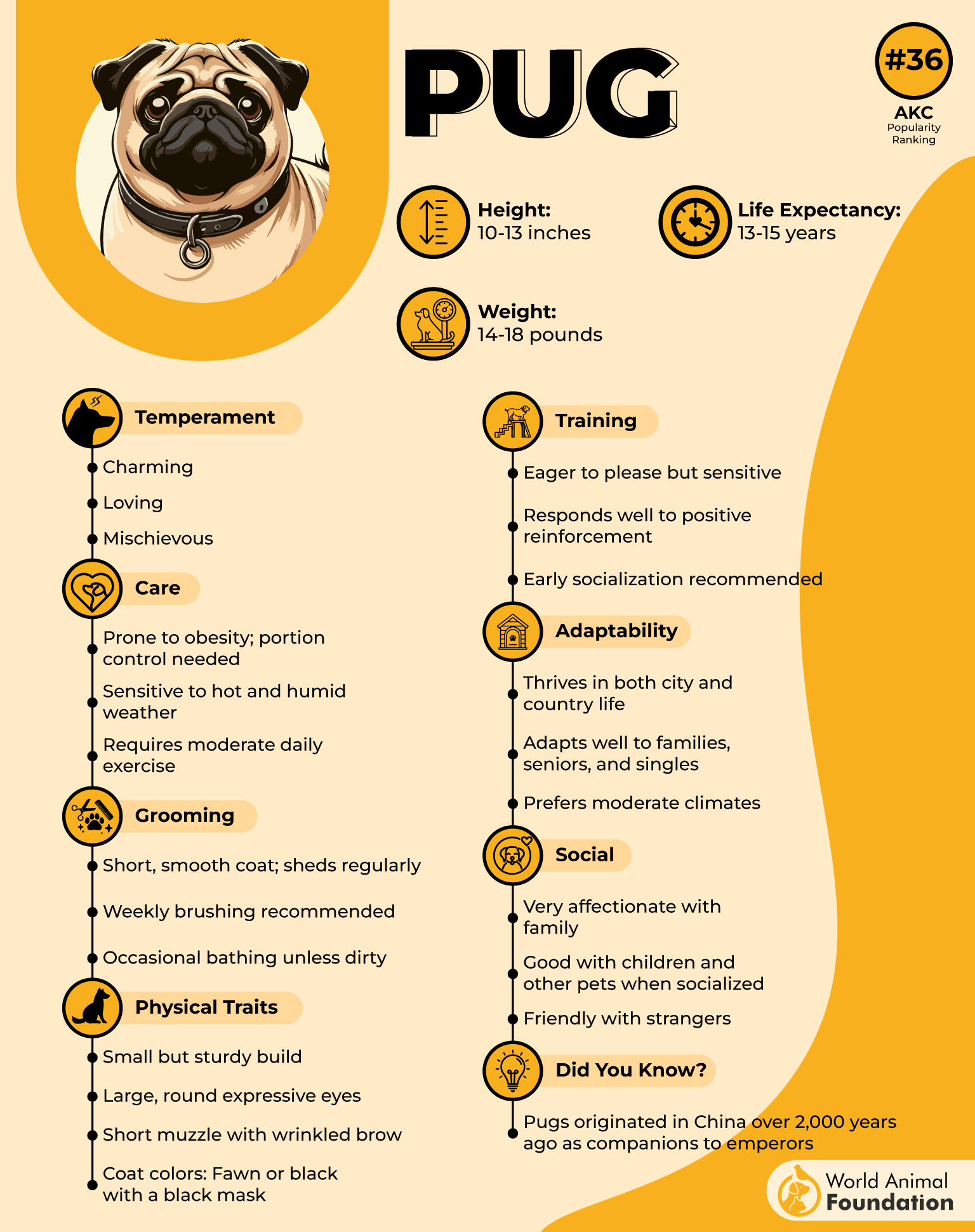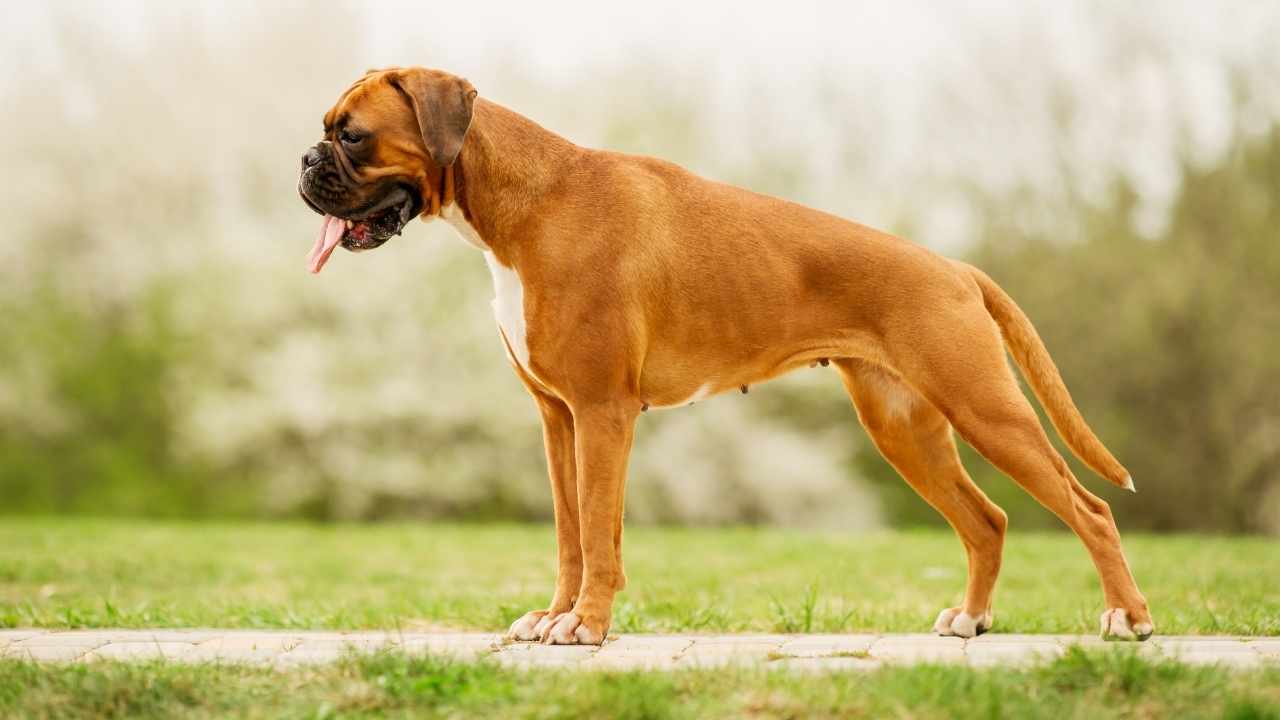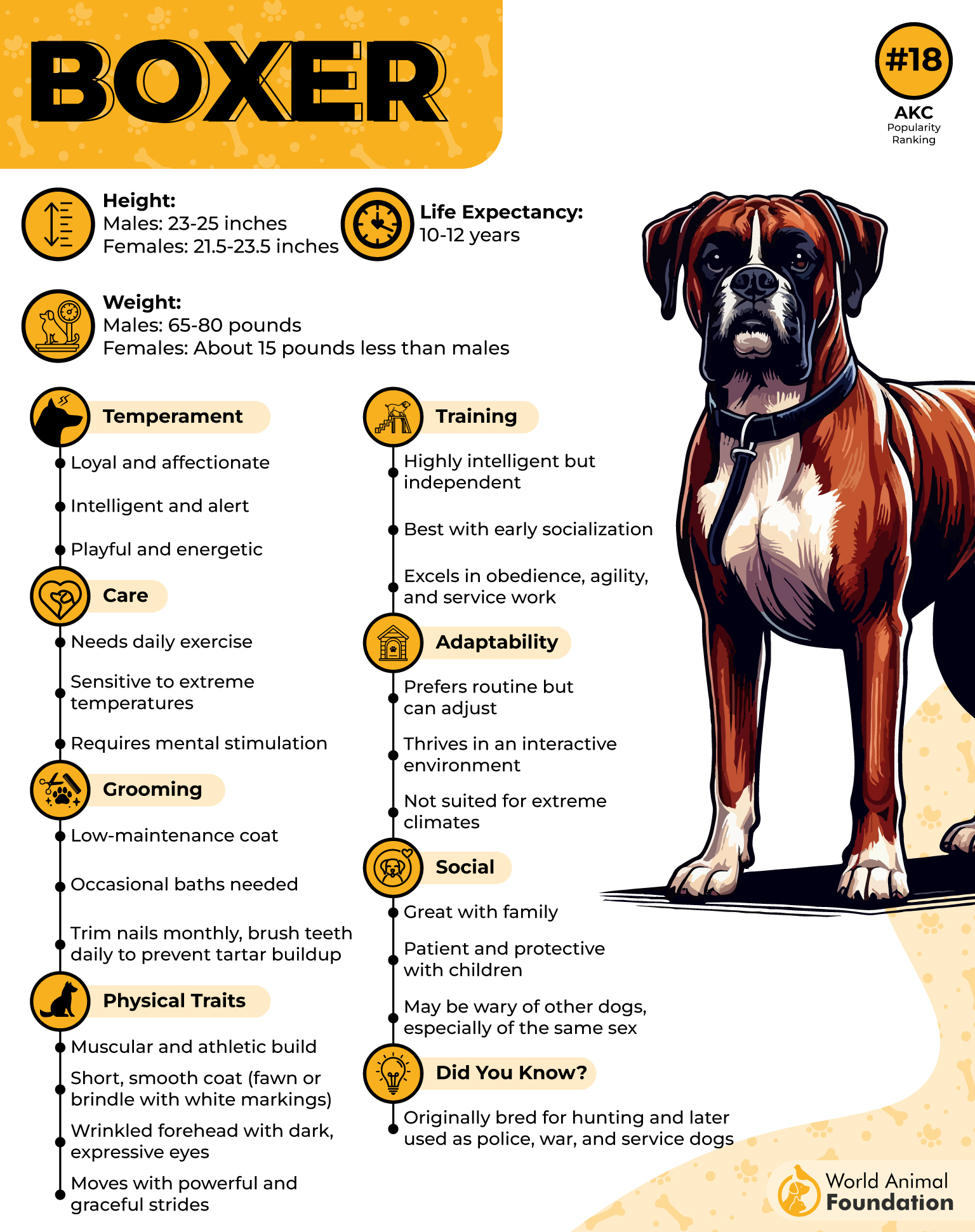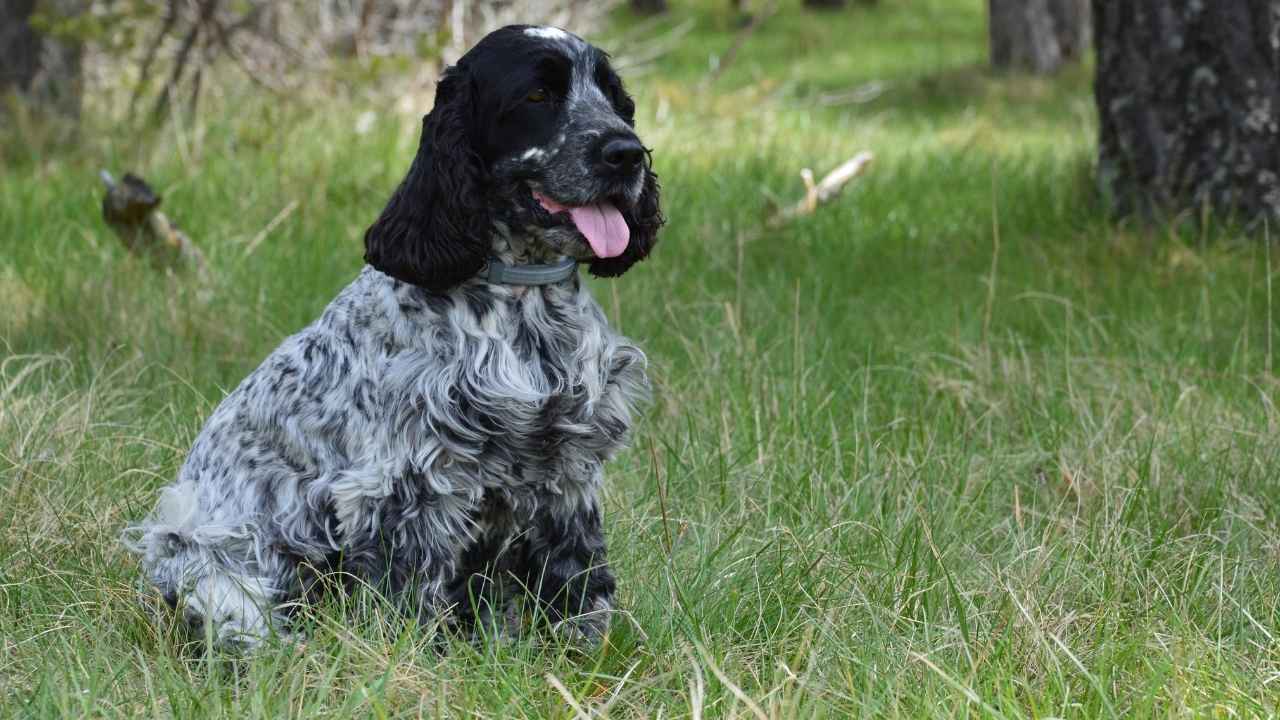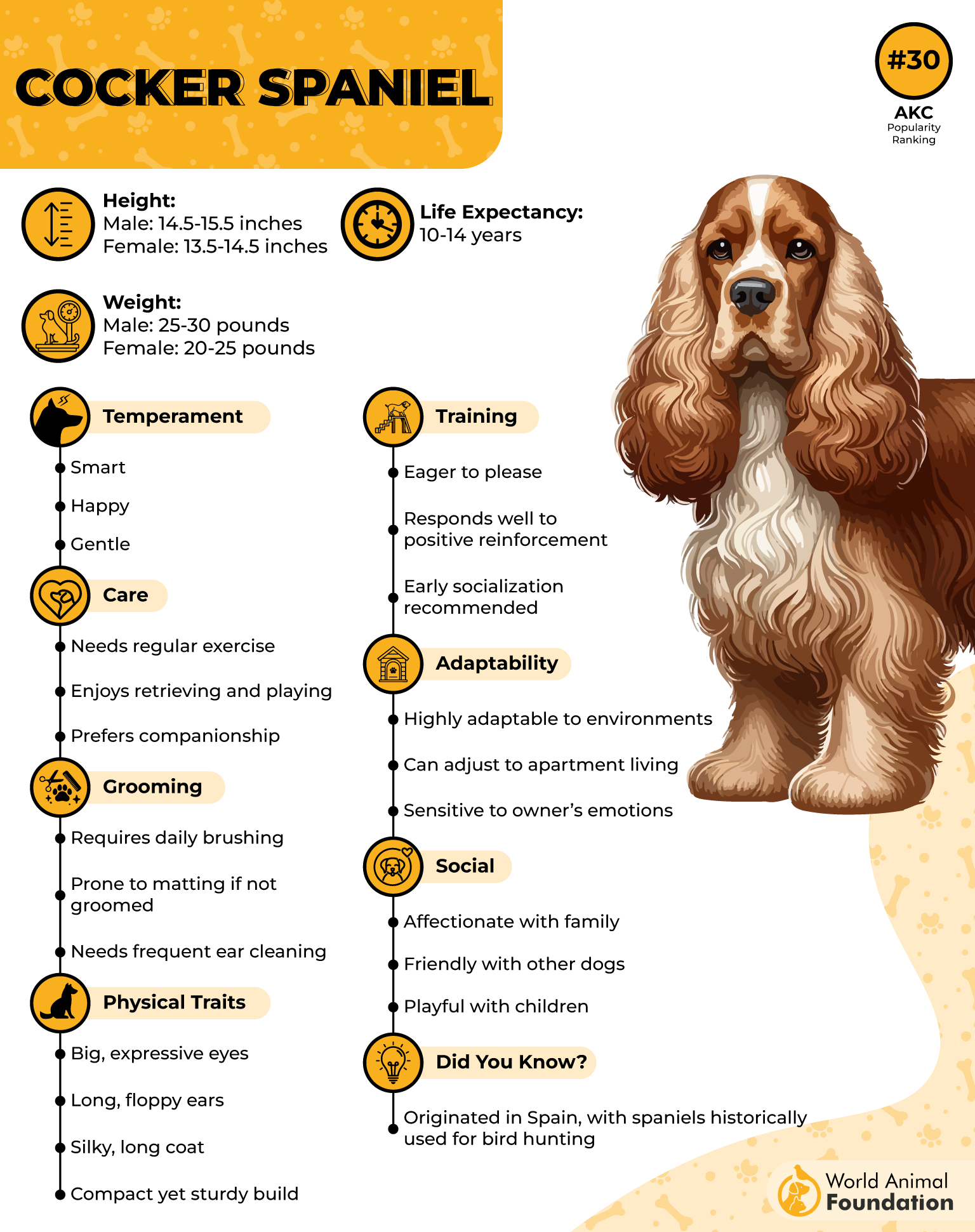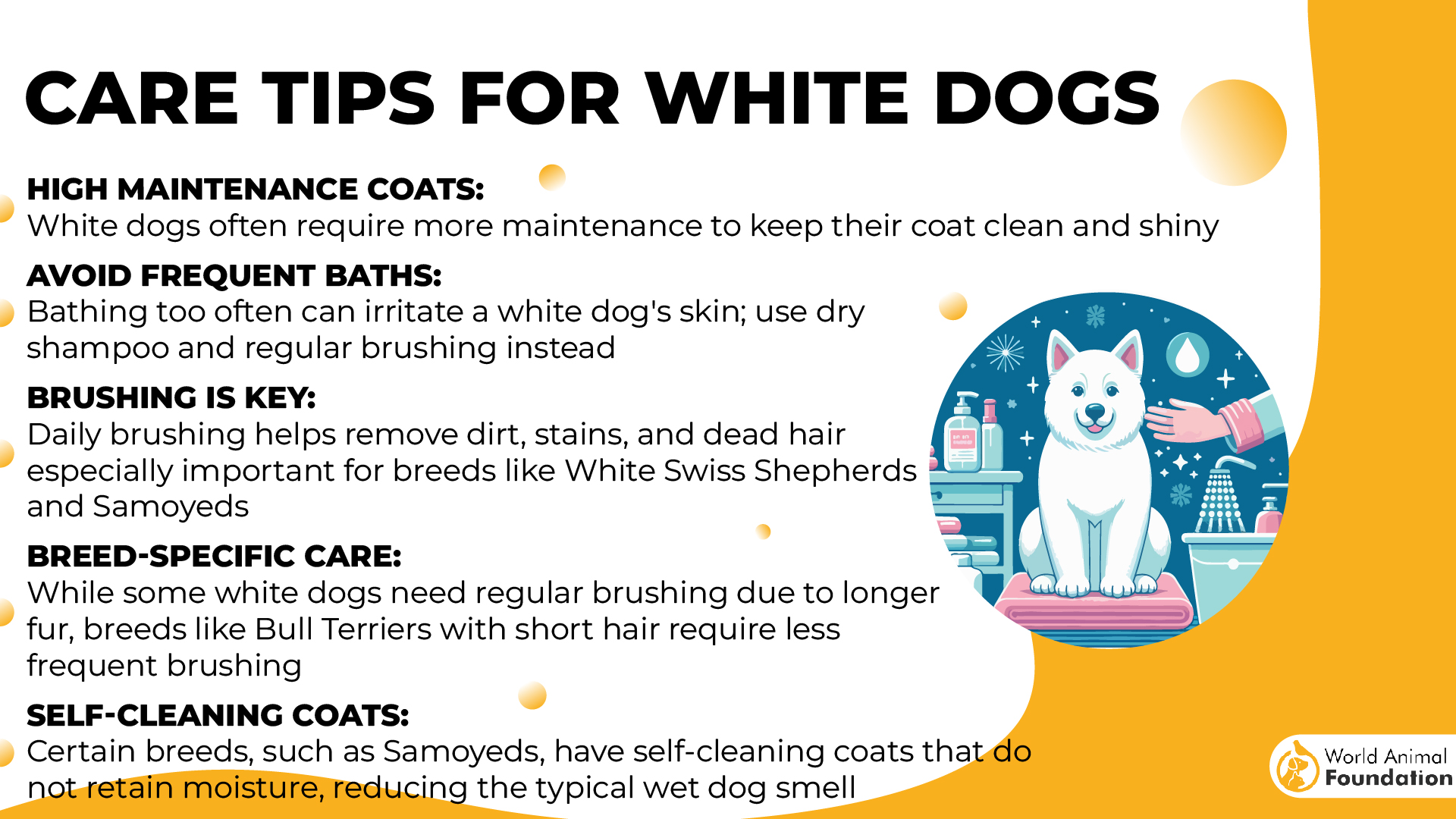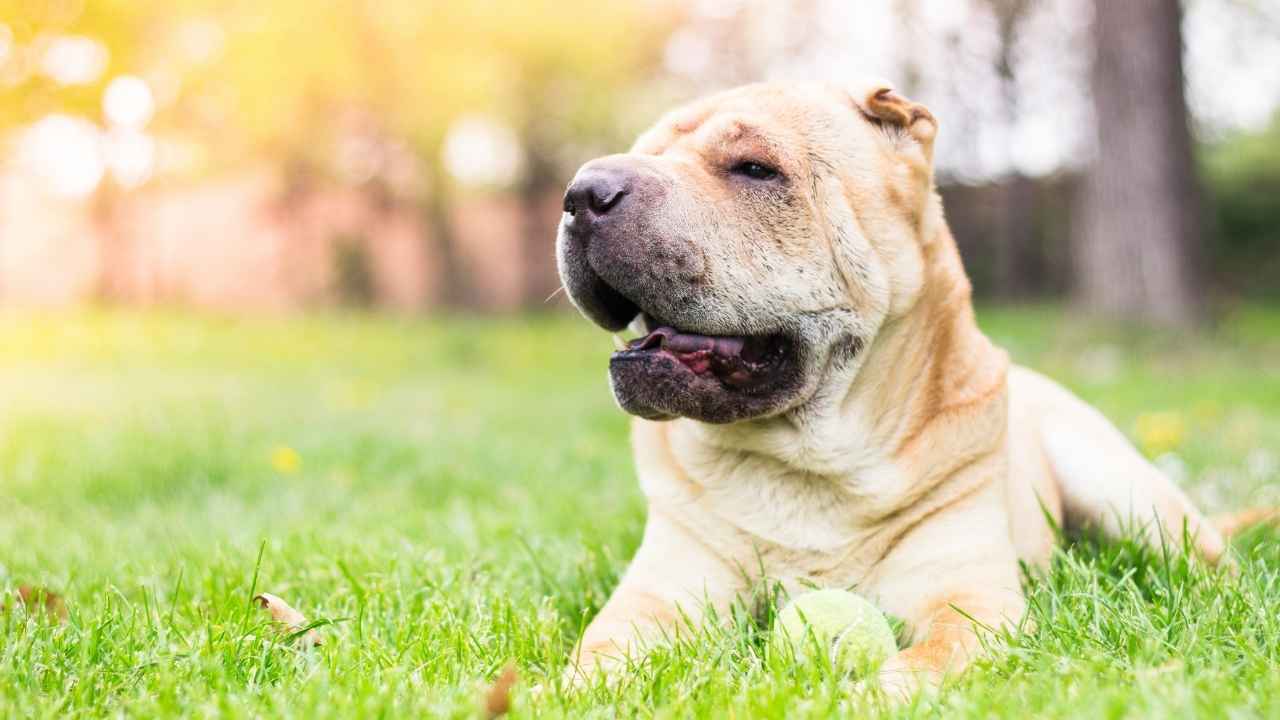Dogs are often cherished for their loyalty, companionship, and unique personalities, but some breeds bring an unexpected attribute—especially strong odors. While all dogs require regular grooming, a few breeds have natural tendencies to emit stronger scents due to their skin conditions, oils, or ear structures. Understanding these traits can help potential dog owners better prepare for the added grooming and care these breeds may require. In this article, we delve into the top nine smelliest dog breeds, exploring why they have a reputation for being particularly pungent and offering tips to manage their distinctive aromas.
Some dogs are known for their intelligence, others for their boundless energy; but what about those that come with a distinctive aroma? While all dogs have their own natural odors, some pups seem to have a knack for being, well, extra noticeable in the smell department.
Why do some dogs smell stronger than others? It often comes down to factors like coat type, skin folds, oil production, and even diet. Breeds with thick, water-resistant fur, like the lovable Labrador Retriever, tend to trap moisture, leading to that classic “wet dog” smell. Meanwhile, wrinkly breeds like the Shar Pei or Pug can develop odors if their skin folds aren’t properly cleaned. But don’t worry; these stinky sidekicks are still just as lovable as their fresher-smelling counterparts!
If you’re thinking about bringing a new dog into your home, understanding their grooming needs is key. Some breeds have coats that require special care to stay clean and odor-free. Whether you already have a smelly pup or are just curious about the stinkiest breeds, keep reading to discover which dogs top the list and how to manage their unique aromas!
Smelliest Dog Breeds
1. Newfoundland
If there’s one thing a Newfoundland loves, it’s water, but that also means they often bring a distinct wet dog smell along for the ride.
With their thick, double-layered coats designed for swimming, these gentle giants tend to hold onto moisture, which can lead to an all-too-familiar musty scent if they’re not properly dried.
Their water-resistant fur also produces natural oils that, while great for insulation, contribute to their signature odor. Beyond their love for water, Newfoundlands are also notorious droolers.
Their loose jowls mean a constant supply of slobber, which can quickly soak into their fur, furniture, and just about anything they shake near. And when excess moisture meets a thick coat, bacteria and yeast can thrive, amplifying the smell even more.
Despite their occasional funk, Newfoundlands are affectionate, loyal, and great family dogs. With the right care and grooming, their smell can be managed, allowing their loving nature, not their odor, to take center stage.
Which Smelly Breed Is Your Least Favorite Due to Their Odor?
2. English Bulldog
Few dogs are as recognizable or as odorous as the English Bulldog. With their wrinkled faces and stocky bodies, these lovable companions tend to carry a signature scent that can be tough to ignore.
The deep folds in their skin trap moisture and bacteria, which can lead to unpleasant odors if not cleaned regularly. Without proper care, these folds can become a breeding ground for infections, making hygiene an essential part of Bulldog ownership.
But that’s not the only reason Bulldogs make the smelly list. They are also infamous for their flatulence, thanks to their sensitive digestive systems.
Their unique facial structure contributes to excessive air intake while eating, which often results in a gassy pup. A well-balanced diet can help reduce this issue, but owners should still be prepared for some less-than-fresh moments.
Despite their tendency to be a bit stinky, English Bulldogs are full of charm and affection. With the right maintenance, these goofy, lovable dogs can be as delightful to smell as they are to snuggle!
3. French Bulldog
French Bulldogs may be small in size, but their scent can make a big impression. These adorable companions have a tendency to develop odors due to their deep skin folds.
Their short snouts also contribute to respiratory issues that can sometimes lead to bad breath, making grooming a key part of keeping them fresh.
Beyond their skin folds, Frenchies are also known for their infamous flatulence. Due to their sensitive digestive systems and tendency to swallow air while eating, they can be quite gassy.
A well-balanced diet and slow-feeding techniques can help reduce this odor, making cuddle time more enjoyable for everyone involved.
Regular cleaning is essential to keeping a French Bulldog smelling pleasant. Wiping between their wrinkles, brushing their teeth frequently, and using a vet-approved diet can all help control their natural odors.
4. Bloodhound
Few dogs have a nose as legendary as the Bloodhound, but with great sniffing power comes a strong, unmistakable scent of their own!
According to Britannica, the Bloodhound is an ancient dog breed and possibly the oldest scent-tracking hound. Known for its incredible sense of smell, it is believed to be the ancestor of many scent-hunting breeds. With around 230 million scent receptors, it has about 40 times more than the average human.
These droopy-faced hounds are famous for their tracking skills, but their loose skin and oily coats tend to trap dirt and odors. As a result, a Bloodhound’s signature musk can become quite potent without regular grooming.
Adding to their olfactory offense, Bloodhounds have long, floppy ears that create the perfect environment for moisture buildup. This can lead to frequent ear infections, which only intensify their natural scent.
Their skin folds also require special attention, as they can harbor bacteria and yeast if not properly cleaned. These scent hounds make fantastic pets for those who can handle their larger-than-life personality—and their larger-than-life smell!
5. Labrador Retriever
Labrador Retrievers are beloved for their friendly nature and endless enthusiasm, but they’re also known for their signature doggy odor.
These water-loving canines were bred for retrieving game from lakes and rivers, meaning their thick, double-layered coats are designed to repel water.
While great for swimming, this oily fur tends to trap moisture, leading to that unmistakable “wet dog” smell—especially if they aren’t dried properly after a dip.
Beyond their coat, Labs can be prone to ear infections due to their floppy ears, which trap moisture and bacteria. If their ears aren’t cleaned regularly, they can develop a musty odor that adds to their overall scent.
Diet can also play a role; poor-quality food or allergies may contribute to excess oil production and stronger body odor. With the right care, you can keep your lovable Lab fresh while still letting them enjoy their favorite pastime—splashing around in the water!
6. Pug
Pugs may be small, but they pack a lot of personality and a surprising amount of odor into their compact frames.
Their adorable wrinkled faces, big round eyes, and playful nature make them irresistible, but those same wrinkles can be a major culprit when it comes to their smell.
A simple daily wipe-down of their facial wrinkles can go a long way in keeping them looking fresh. Pugs are also notorious for their flatulence. Their short, pushed-in snouts mean they tend to swallow air while eating, which leads to frequent gassiness.
Combine that with their tendency to become overweight—a factor that can exacerbate digestive issues- and you’ve got a little dog with a big stink.
Pugs also have a distinct “doggy” smell due to their short, dense coats that produce natural oils. While they don’t require excessive grooming, regular baths and brushing can help control the buildup of these oils and keep odors at bay.
7. Boxer
Boxers may be known for their boundless energy and affectionate nature, as per AKC, but they also have a reputation for being one of the stinkiest breeds.
Their short, smooth coats produce natural oils that, while helping to keep their skin healthy, can accumulate and create a noticeable odor if not properly managed.
Regular baths and brushing are key to keeping their signature musk under control. Another reason Boxers can be a bit smelly? Their sensitive digestive systems.
This breed is prone to excessive gas, which can be made worse by certain foods. A high-quality diet that supports digestion helps control odour.
Despite their occasional odor, Boxers are beloved for their playful, clownish personalities and unwavering loyalty. With proper grooming and a well-balanced diet, their natural scent can be kept in check, allowing their affectionate and fun-loving nature to shine.
8. Cocker Spaniel
With their soulful eyes and flowing coats, Cocker Spaniels are friendly and high-energy, as stated by Pet MD, but they also have a not-so-charming reputation for being a bit smelly.
One of the biggest culprits? Their long, floppy ears. Beyond their ears, Cocker Spaniels are also prone to “Cocker mouth”.
It is a condition where bacteria build up around their lips and gums, leading to bad breath. Regular dental hygiene, including brushing their teeth and providing dental chews, can help combat this issue and keep their breath fresher.
Their gorgeous, silky coats require frequent grooming, as the thick fur can trap dirt and oils, contributing to an overall doggy smell.
Without regular baths and brushing, mats and tangles can develop, worsening the problem. A strict grooming routine is essential to keep a Cocker Spaniel both looking and smelling great.
9. Shar Pei
With its signature wrinkles and distinct appearance, the Shar Pei is undeniably charming, but those adorable folds come with a smelly secret.
These deep skin folds easily trap moisture, dirt, and bacteria, making them a breeding ground for odor. Without proper care, this can lead to skin infections like pyoderma, which only intensifies their natural musk.
Beyond their wrinkled exterior, Shar Peis are also prone to ear infections, another source of unpleasant smells. Another factor contributing to their odor is their naturally oily skin.
While this oil helps protect their coat, it can accumulate over time, resulting in a greasy texture and a strong scent. Routine bathing with gentle, breed-appropriate shampoo can help manage this issue.
Despite their occasional funk, Shar Peis are beloved for their loyalty and independent nature. With diligent grooming and proper skin care, their signature scent can be kept in check, allowing their unique personality to shine without the extra aromatic flair.
Conclusion
While the worst smelling dog breeds may carry a little extra fragrance, that’s just part of their charm! From the wrinkle-covered Shar Pei to the drool-prone Basset hound, each of these smelly sidekicks brings something special to the table, whether it’s an affectionate personality, boundless energy, or a heart full of loyalty. A little odor is a small price to pay for unconditional love, right?
Of course, managing canine funk comes down to good grooming, a proper diet, and regular care. Whether you already own one of these fragrantly gifted breeds or are thinking about adopting, a little extra maintenance can go a long way in keeping them fresh and happy. And at the end of the day, isn’t a little doggy odor just another reminder of the love and joy they bring into our lives?
In conclusion, while every dog has its own unique scent, certain breeds are more prone to having a distinct smell, often due to genetic factors, skin conditions, or ear infections. The nine breeds commonly noted for their stronger odors can still make wonderful pets with proper care. Regular grooming, bathing with suitable products, a balanced diet, and frequent vet check-ups can significantly minimize their natural scent, ensuring a pleasant coexistence. Understanding these unique traits can help potential dog owners make informed decisions and maintain a harmonious and odor-managed environment at home.

